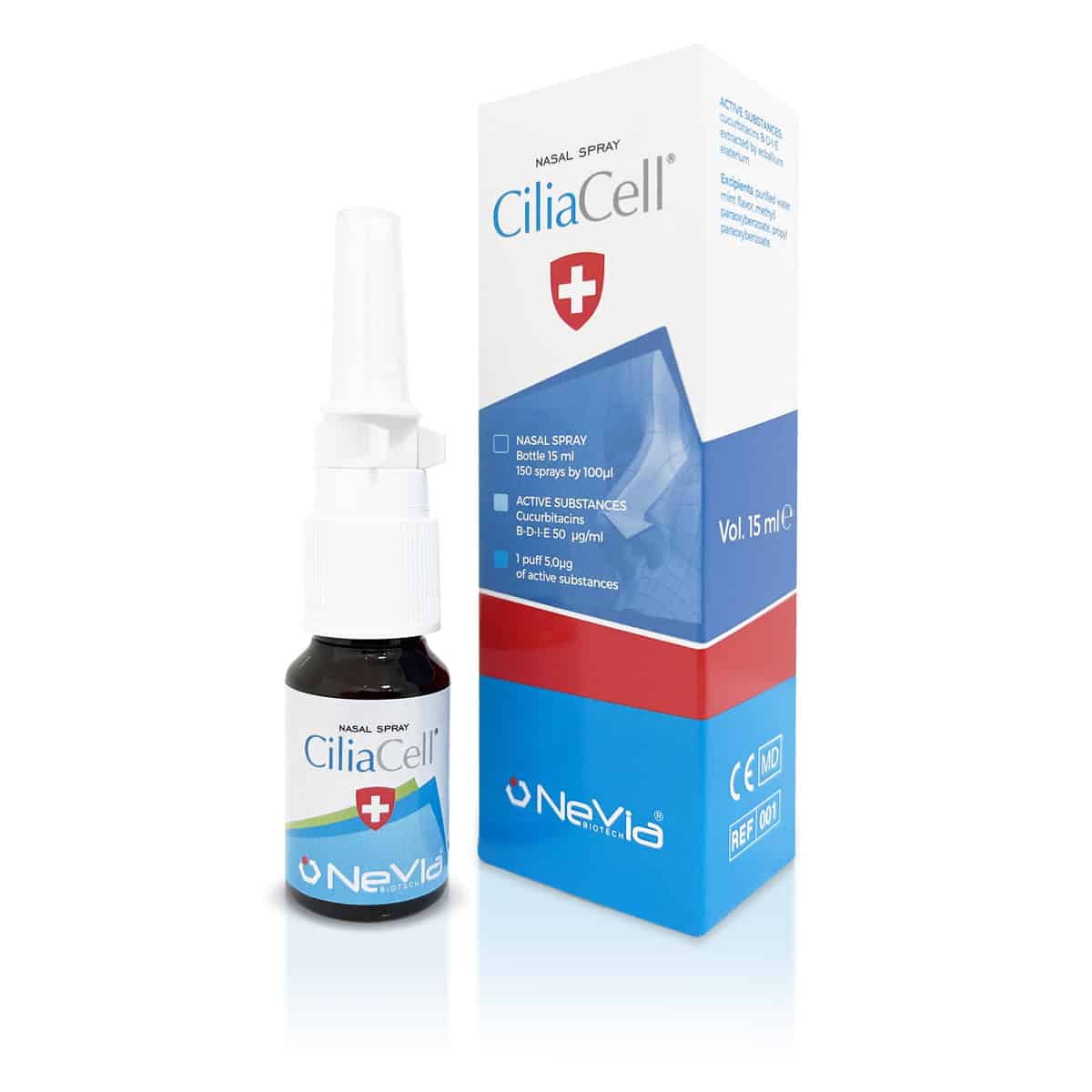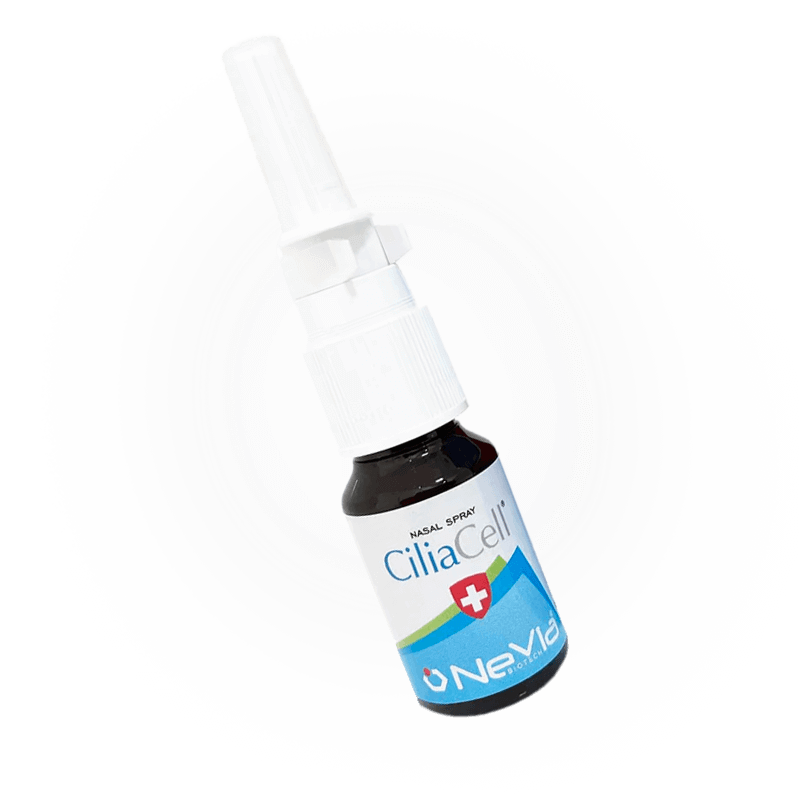Otitis Media with effusion (OME)
in brief.
In the middle ear (the space between the eardrum and the cochlea) there are normally small amounts of fluid flowing out through the Eustachian tube. When mucus accumulates in the middle ear, it is called Otitis Media with effusion ( OME ), a common condition in 90 percent of children aged 2 to 8 years.
What is Otitis Media with effusion?
Otitis Media with effusion (OME ) represents one of the most common diseases of childhood and consists of theaccumulation of a mucous effusion in the middle ear and the Eustachian tube, a canal that connects the middle ear to the nasopharynx i.e. the throat. It is also known as tubal catarrh, catarrhal otitis, tubotimpanitis and secretory otitis.
The presence of the mucous effusion in the middle ear prevents ventilation of the middle ear (air passage) and, at the same time, can alter auditory functions, lead to pathological changes in the tympanic membrane and case as well as the ossicular chain (ossicles).
OME is a condition that typically occurs in children: the first onset may occur as early as the first months of life, usually after the fourth month. Nevertheless, it can be detected as early as the second month of life.
How long does an Effusive Otitis Media last?
Otitis Media with effusion (OME) is very often consequential to Acute Otitis Media (OMA), which is inflammation of the mucosa of the middle ear and the Eustachian tube, combined with the presence of infected mucus that accumulates in the same apparatuses. Approximately 50% of Acute Otitis Media Acute turns into Effusive Otitis Media with effusion . About 60% of OME resulting from an OMA (infectious otitis), spontaneously resolves within 1 month, but about 79% within 3 months.
Chronic Otitis Media with effusion, of indeterminate duration, has a probability of spontaneous resolution in only 20% of cases within 3 months, and 42% within 6 months if not treated adequately. All others may remain in place for a long time and resolve spontaneously between 6 to 12 months in 26% and 33% of cases, respectively. However, a conspicuous portion, about 30 percent, will not resolve spontaneously.
Approximately 1/3 of Middle Effusive Otitis that spontaneously resolves within the above time frame tend to recur within the next three months.
Symptoms Otitis Media with effusion
The symptoms of Otitis Media with effusion are completely nonexistent; sufferers do not experience any pain although they may show some complications such as: reduced hearing (hearing loss), inadequate speech development, and learning disabilities.
Factors and predisposition for Otitis Media with Effusion.
The first predisposing factor of Otitis Media with effusion is definitelyAcute Otitis Media (inflammatory, infectious): about 50 percent of Acute Otitis Media turn into Effusive Otitis Media.
Other predisposing factors may be a
Rhinosinusitis,
an Adenoiditis (inflammation of the adenoids) or an Adenoid Hypertrophy (enlargement of the adenoids). Because adenoids are located at the beginning of the Eustachian tube (canal that connects the middle ear to the nasopharynx i.e., the throat), when they become enlarged they partially or totally obstruct the tube and do not allow mucus to flow out.
Another very important predisposing factor is related to the function of the ciliated mucosa of the middle ear and the Eustachian tube: if the cilia of the hair cells are prevented from moving by the presence of very dense and adhesive mucous effusion, or if the frequency of their movement is decreased due to inflammation, the same mucous secretions are unable to be evacuated into the nasopharynx (throat) and thus, stagnate in the middle ear and Eustachian tube.
The persistence of mucous secretions within the middle ear and Eustachian tubes, expose to recurrences ofAcute Otitis Media i.e., an otitismedia that absolutely needs to be treated with antibiotic therapy.
The chronicity of Otitis Media with Effusion.
The chronicity of Otitis Media with effusion as well as ACUTE Otitis Media is consequent to several factors, the first among them being the reduced function of the ciliated mucosa of the middle ear and the Eustachian tube. If hair cell cilia are prevented from moving by the presence of very dense and adhesive mucous effusion, or the frequency of their movement is decreased due to protracted inflammation, the same Mucous secretions fail to be evacuated into the nasopharynx (throat) and thus, stagnate in the middle ear and Eustachian tube, feeding the protractedOtitis Media with effusion.
The persistence of an Otitis Media with effusion, exposes the mucus to possible bacterial or viral infection and thus the manifestation ofAcute Otitis Media.
How to recognize an Otitis Media with effusion?
Given that a Otitis Media with effusion (OME) may be a consequence of adenoiditis (inflammation of the adenoids) or adenoid hypertrophy (enlargement of the adenoids); first this should be ruled out through a thorough specialist examination by the pediatrician orotolaryngologist; if so, it should be treated pharmacologically or surgically (if the case requires it).
If there is a
rhinosinusitis
, it is necessary to treat the latter first and then worry about otitis. It is possible that, if effectively treated rhinosinusitis, OME will resolve spontaneously and simultaneously.

Otitis Media with effusion: how to treat it?
Otitis Media with effusion is asymptomatic (no symptoms are felt) and is therefore difficult to treat if the patient does not know he or she has it. It is necessary to have a periodic specialist examination by theENT, especially if you experience repeated Acute Mild Otitis with painful twinges in the ear or experience decreased hearing and speech or attentional difficulty.
Ciliacell is the only product specifically designed to effectively treat rhinosinusitis characterized by the above clinical manifestations, namely:
Edema of the naso-sinus mucosa, slowing or stopping of ciliary mobility and motility, accumulation of muco-purulent secretions in the naso-sinus district and auditory tubes.
Ciliacell is a patent-protected product of Nevia Biotech and has been tested in several internationally prominent clinical trials.
The demonstrated clinical healing efficacy is more than 90%.
At present, none of the products on the market manages to simultaneously treat the three clinical characterizations of otitis except for the products of the CiliaCell line as demonstrated by the clinical studies carried out and published in scientific journals of absolute international standing.
A product specifically indicated in the treatment ofOME, whatever the etiology (cause), should act simultaneously on the three clinical characterizations of the same pathology:
- Possible edema of the middle ear mucosa and auditory tube
- the slowing down or even stopping of ciliary mobility and motility (the only means by which mucus can be evacuated from the middle ear and the auditory tube, i.e., the canal that connects the middle ear to the nasopharynx without the action of the cilia of the hair cells mucus cannot drain )
- Theaccumulation of highly adhesivemucous exudate in the auditory tubes and middle ear







